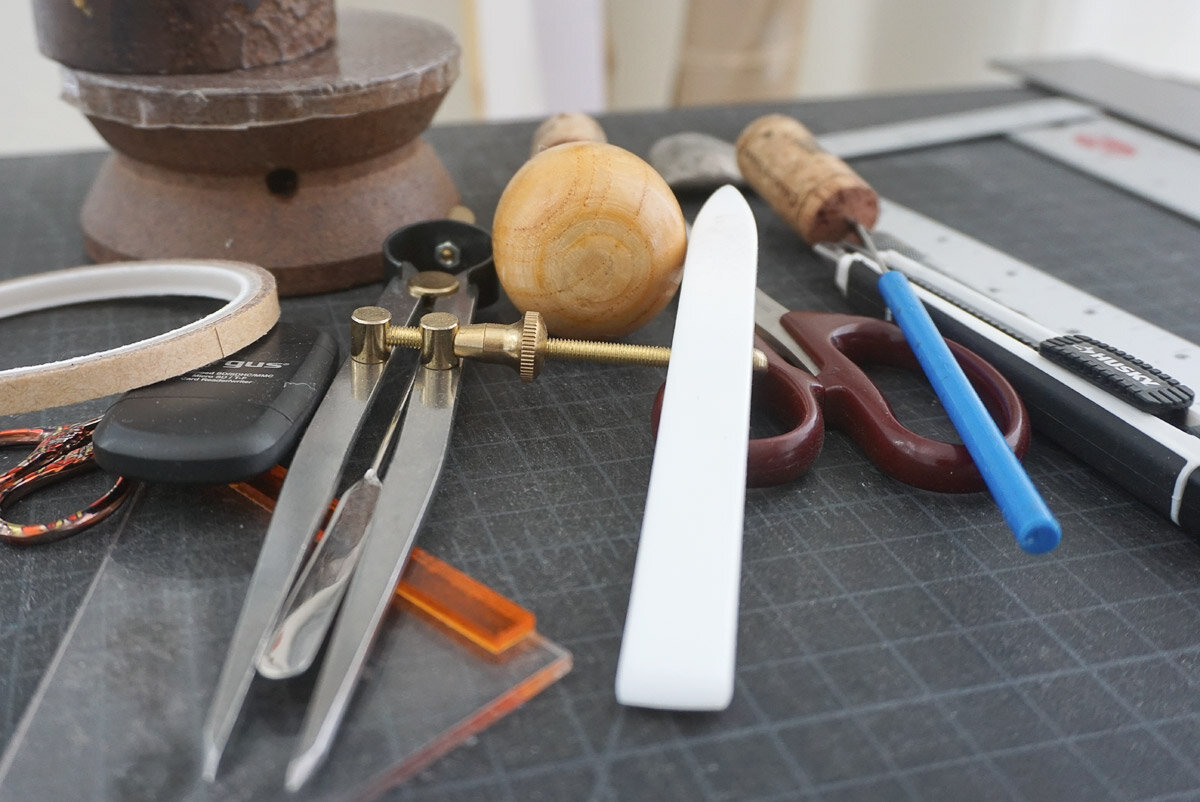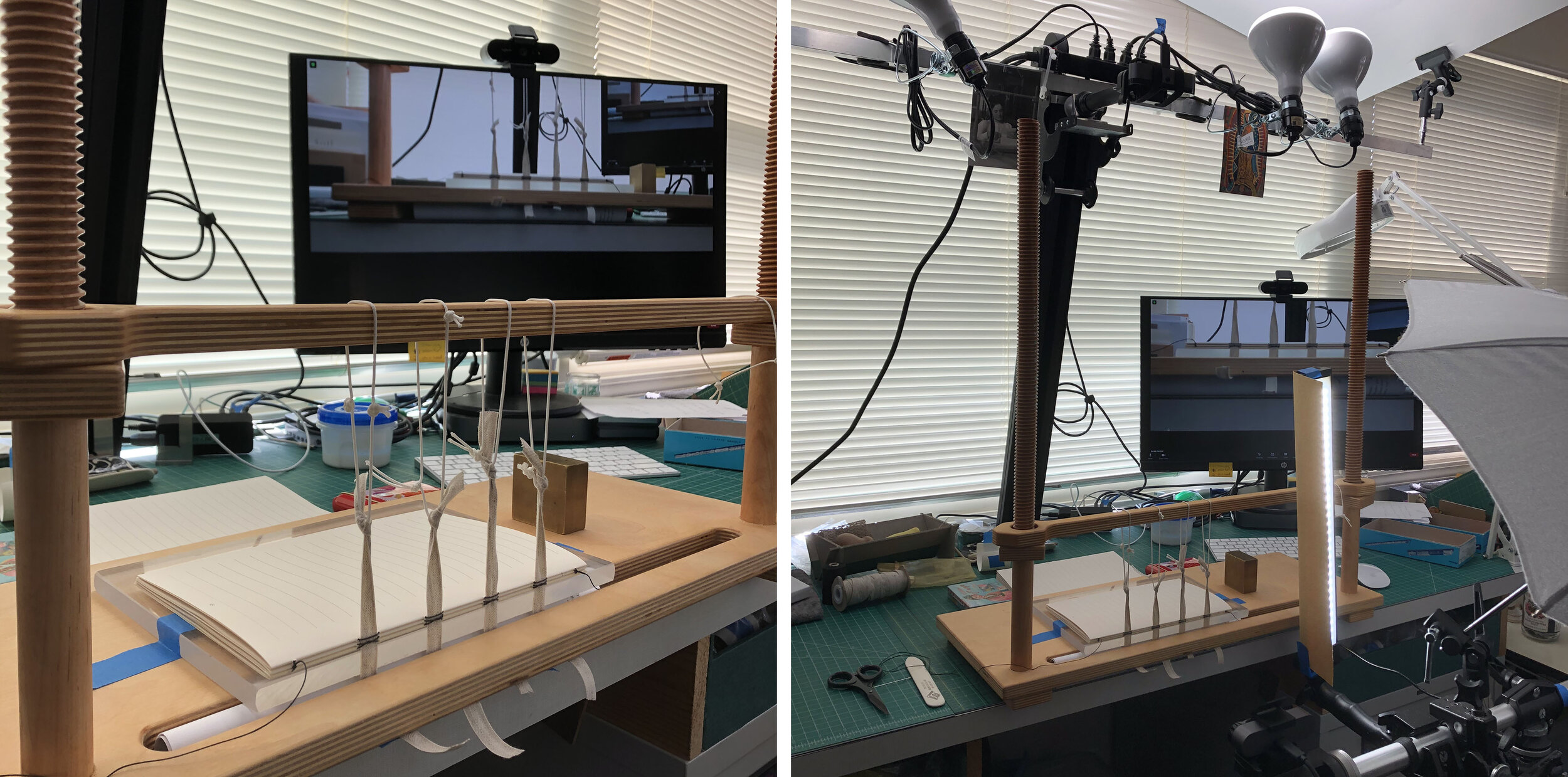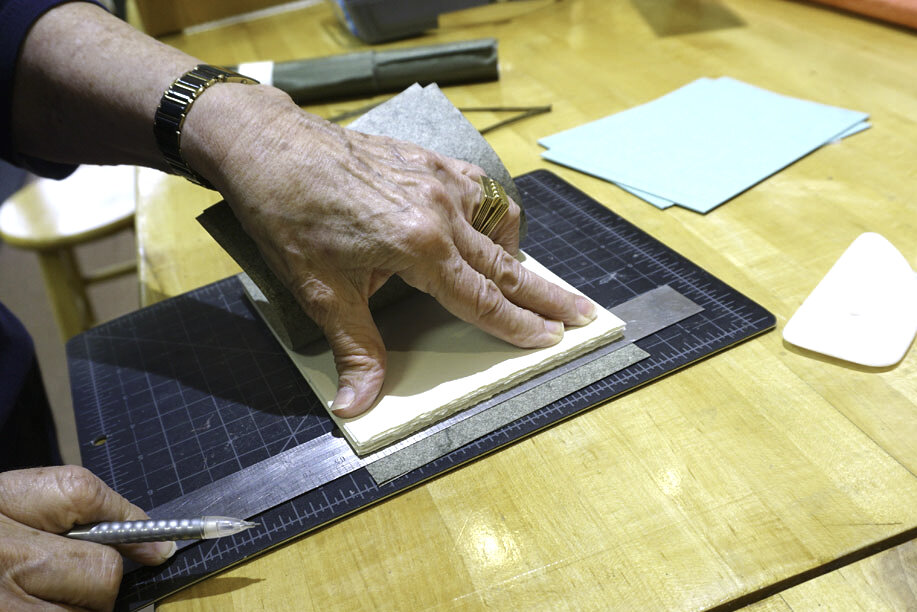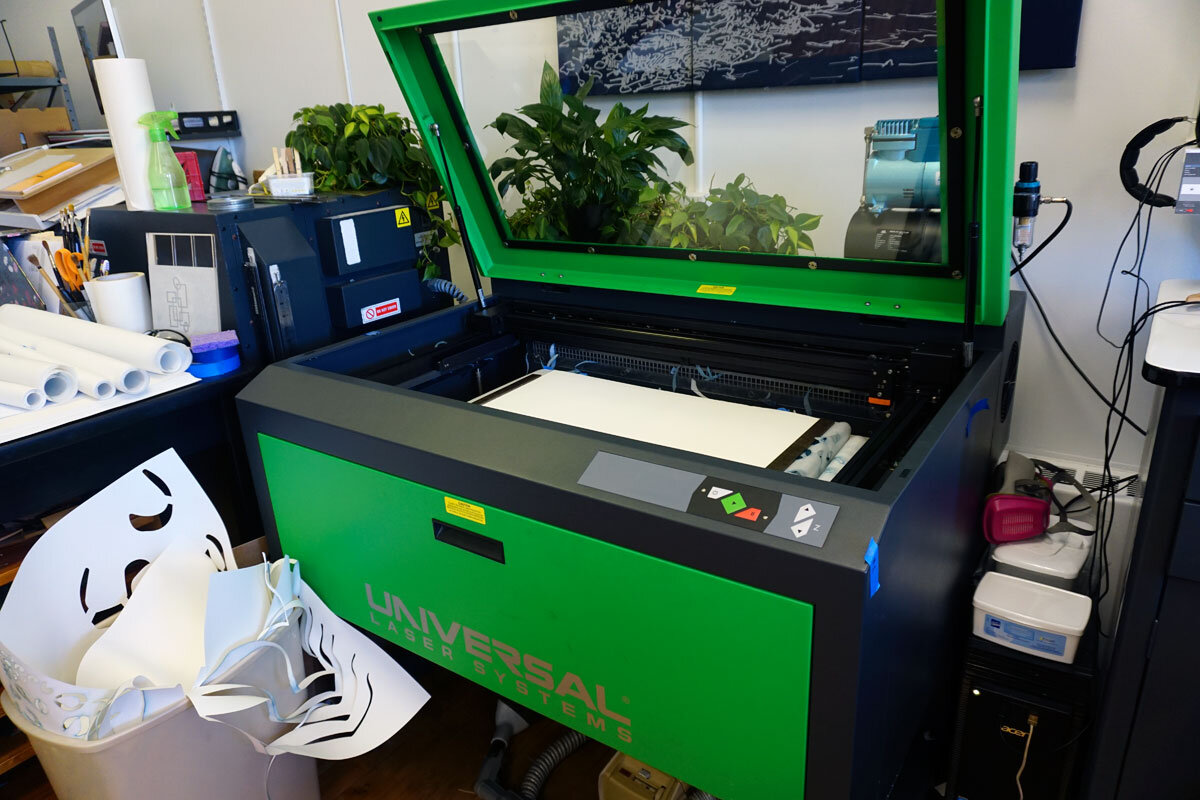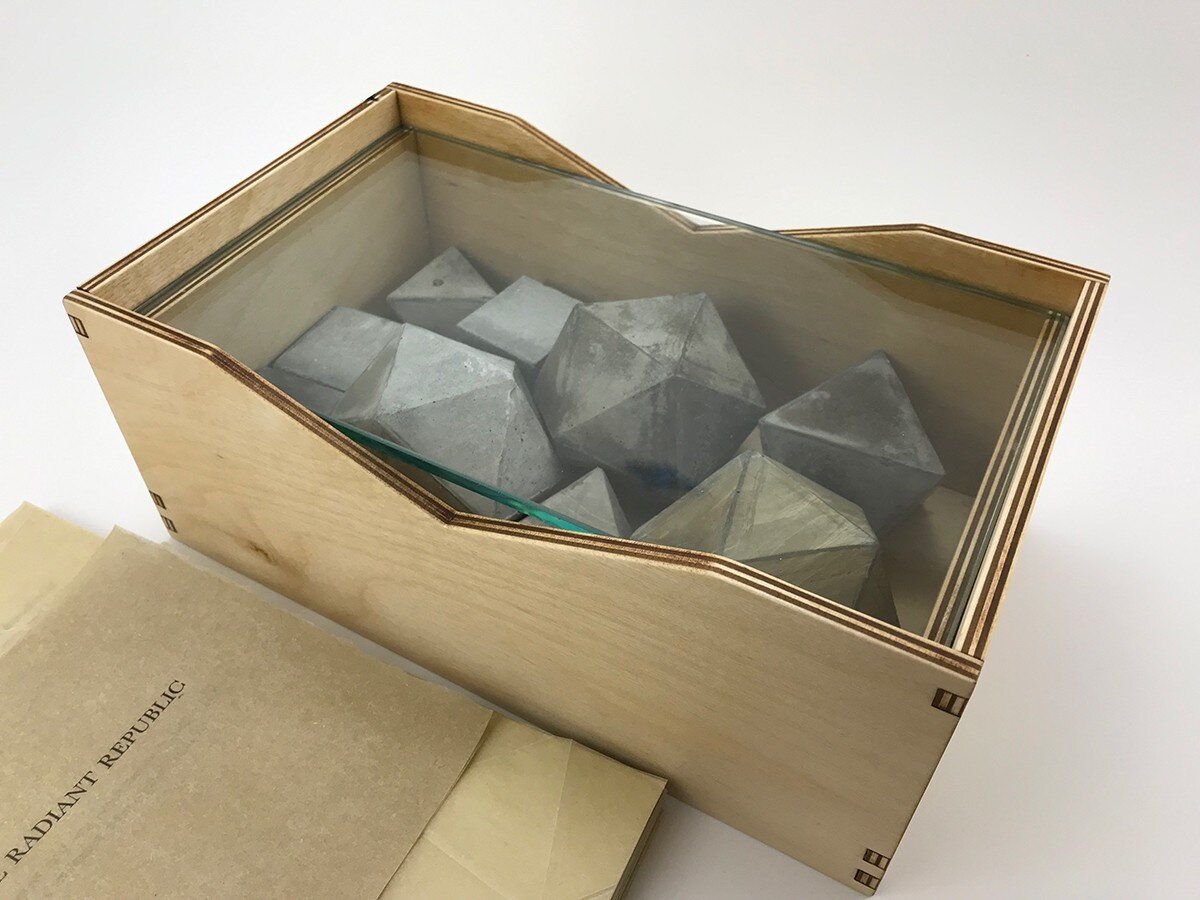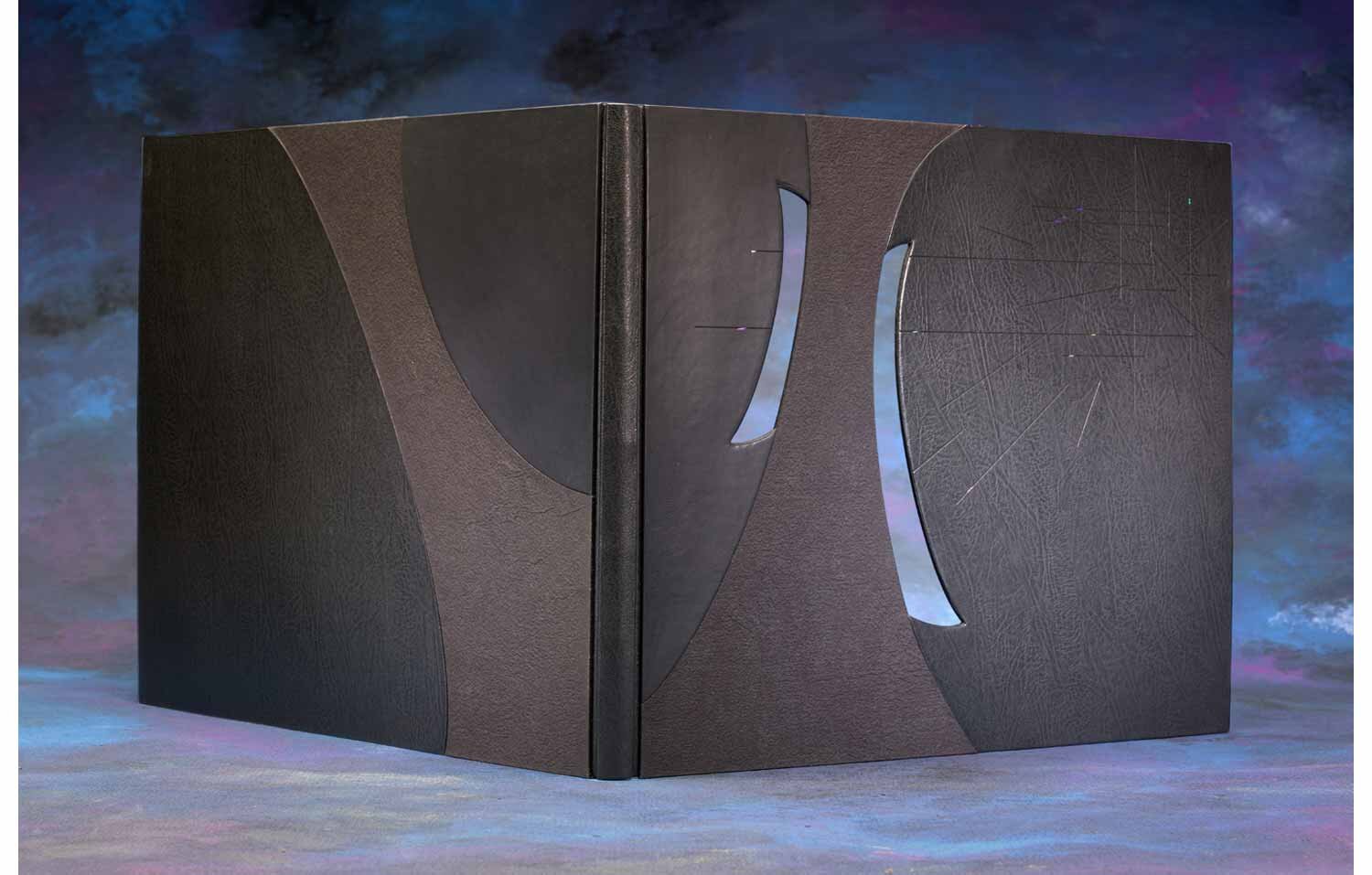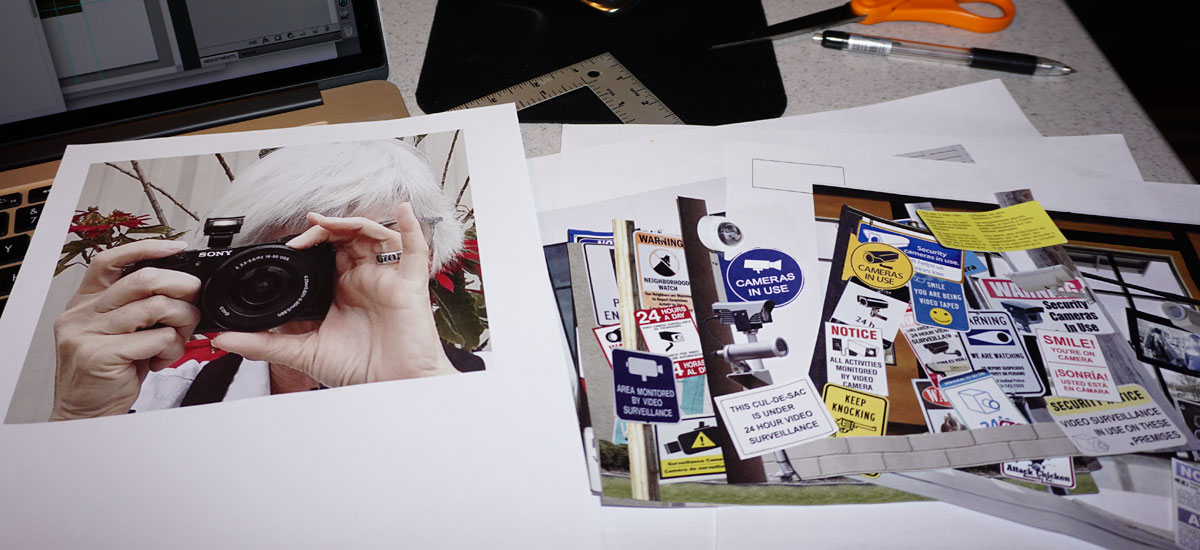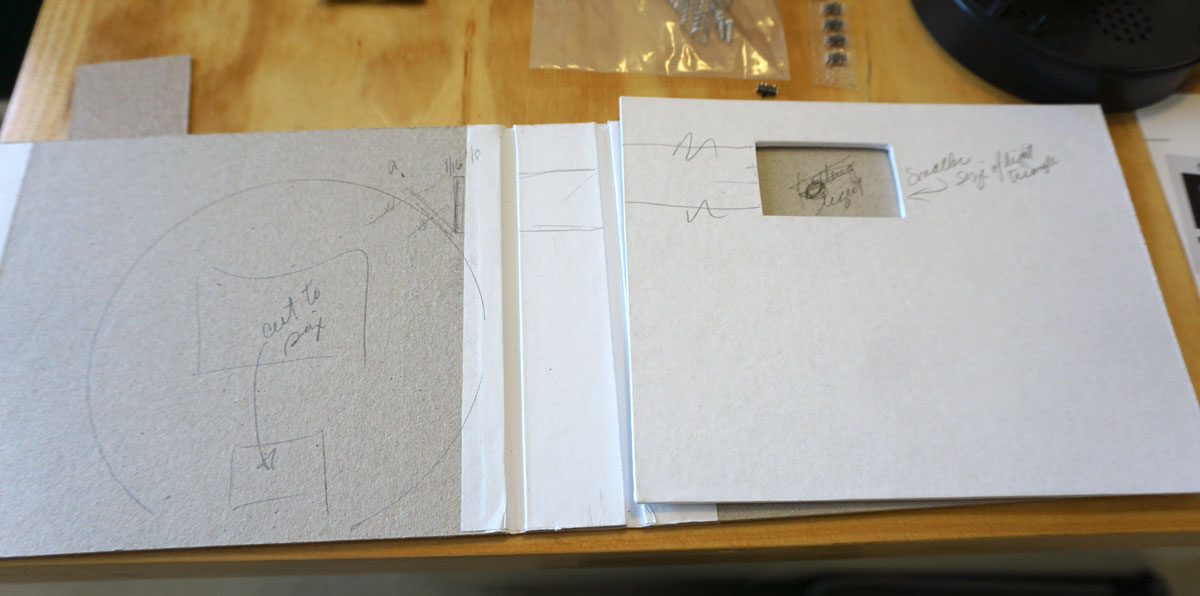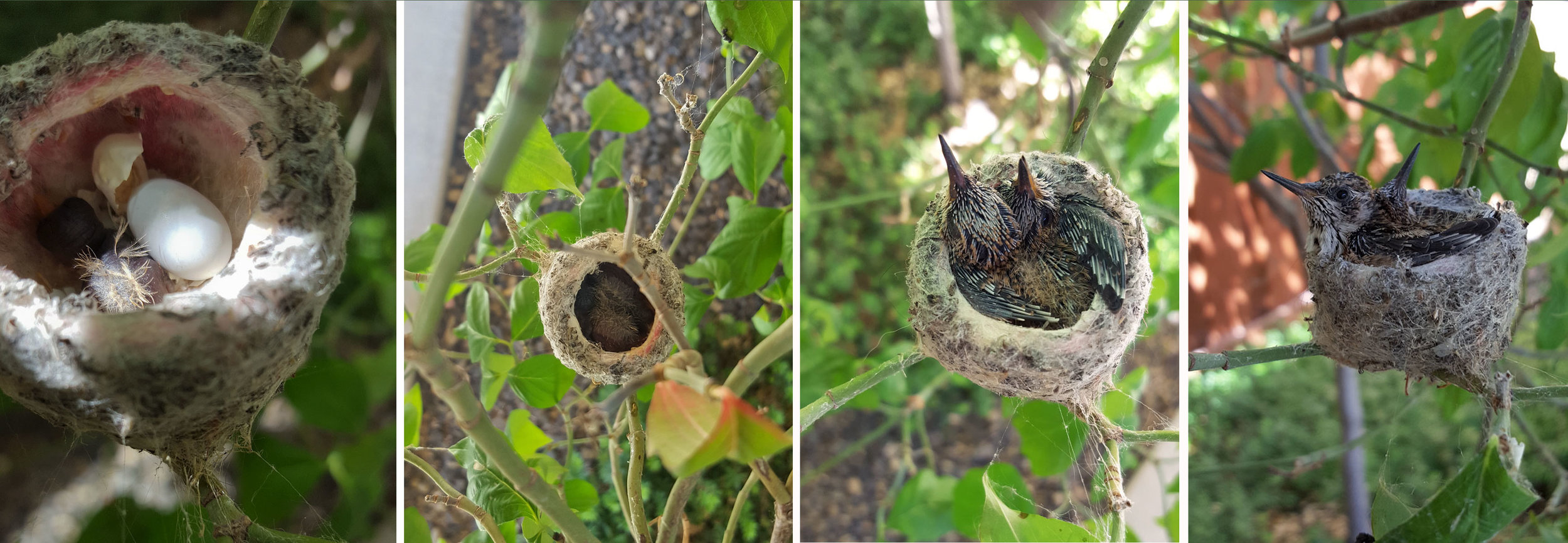Covid presented many economic challenges for us all. Understanding the dilemma of maintaining a profitable business during these tumultuous times was insightful. I asked myself many questions — Why do I produce artists' books? — Is it the desire to express my thoughts, produce something of value, establish a business, or is it absolute joy? Can I manage the necessary materials? Am I destined to accumulate an inventory instead of a sellable product? How do I continue the promotion and distribution of artists' books? How will the libraries actively collect, while closed? Do I stop publishing? Is this a wake-up-call, flagging the end of a career? ...
I was surprised to receive an email through the BookListServ with the subject: Keeping Business Going by John Cutrone. I appreciated someone bringing this matter to the forefront. I responded directly to John’s query as we contemplated the subject together. We both waited for some feedback from other artists on sharing their dilemmas of doing business on the BookListServ. We were both fascinated with the lack of reaction.
In my email to John, I mentioned my struggle to send a prospectus to library contacts at this time. Ultimately, with an optimistic attitude I emailed contacts identifying the sensitivity in which I was sending my prospectus of recent artists’ books created in 2020-2021.
After a couple of days, John responded to my struggle through the BookListServ:
Thank you to Louise Levergneux for the artist-as-businessperson perspective; I appreciate that! I'm going to switch hats from Convivio Bookworks proprietor to Jaffe Center for Book Arts director and say that I don't think that book artists need feel guilty about sending out prospectuses and sales attempts during this pandemic time. For us at the Jaffe Center, we never get an acquisitions budget––we are part of a state university system that is constantly dealing with budget cuts handed down from the state legislature and one of the things to go, back in 2008 or so, was the annual acquisitions budget for Special Collections. Once gone, it never came back. And that's why we have an annual pie sale and other fundraisers.
Thanks to that pie sale and workshops and other perhaps unorthodox methods we've developed to raise money, I am able to buy books and prints from book artists (including many of you on this list), and I was able to do so even when things were looking bleak last spring and summer. I can't ever buy expensive pieces, but I can afford to purchase pieces that are up to a few hundred dollars, and I think supporting artists on a transactional basis like this makes an impact.
So how do you get attention from library collections without in-person events like CODEX these days? Direct mail to collections may not be the best way to go right now. Many, like the Jaffe, are not currently open, so a prospectus sent to a physical library address may go unanswered for weeks or even months. At the same time, emails are easily lost in the avalanche of emails received daily.
I think you have to be persistent if you want to sell your work to collections right now. Emails should be short and sweet, something that can be easily grasped in a few seconds. And while I don't have time to keep up with every contact I follow on Instagram and Facebook, I have made purchases for the Jaffe Collection through these means if something catches my eye there and the moment is right.
Again, I don't know if talking Book Arts as Business is helping anyone on this list (perhaps Louise Levergneux––again, thank you for your response, Louise) but I am hoping it provides some help to some.
Consequently, with no reaction to John’s messages, I wanted to grasp how my colleagues were continuing doing business. I decided to communicate directly with them and find out for myself.
Here is what emerged from my query: in the past year, many artists remained hard at work, creating books or trying to redefine their careers to survive by focusing on professional development instead of marketing and promotion. Like me, some took time to investigate their own careers and rethink how best to distribute their work. Others contemplated their future by wanting to do less production work, and set aside more time for their own art or binding.
The current world situation had a huge effect on everyone, but I found most of them experienced a surprisingly reasonably good financial year in terms of sales, productivity, and online teaching. On the subject of promotion and distribution, a few confessed being terrible at it and use dealers to promote their artists’ books and were fortunate to be able to focus on the creative side. For some, it was time to organize their studio and find pleasure in writing.
Others had to establish life changing decisions such as Yamandu Ploskonka in Texas:
Overload causes burnout. In 2015, I had a business, successful Kickstarter, with many orders, even wholesale purchases. Becoming a papermaker in 2016 was healing, sinking wholeheartedly into pulp and creativity. But, 2020? Yes, I had a couple to five big fabulous projects. For me, that’s nothing, eight is about normal, yeah! But the emotional overload of day by day things seemed to get worse, even scarier. Stupid divisiveness all around, people acting nasty totally on purpose. Everything I did was slow-motion, if at all... It took me until this April to complete projects and finish reporting on cancelled ones because I just wasn’t able to cope, to focus, to admit failure. My response? Take a break, before I break... I sold my paper studio; key-in-hand, et « bon débarras »! Yes, I did cry. Not much, don’t worry. Then, stiff upper lip, new life. I’m keeping the wife and dog.





